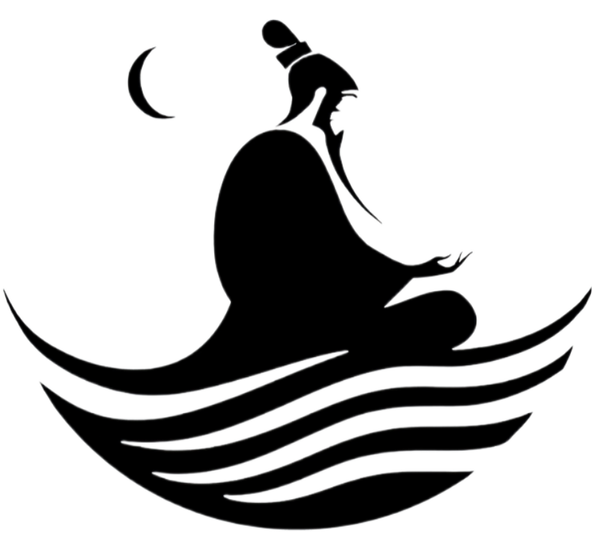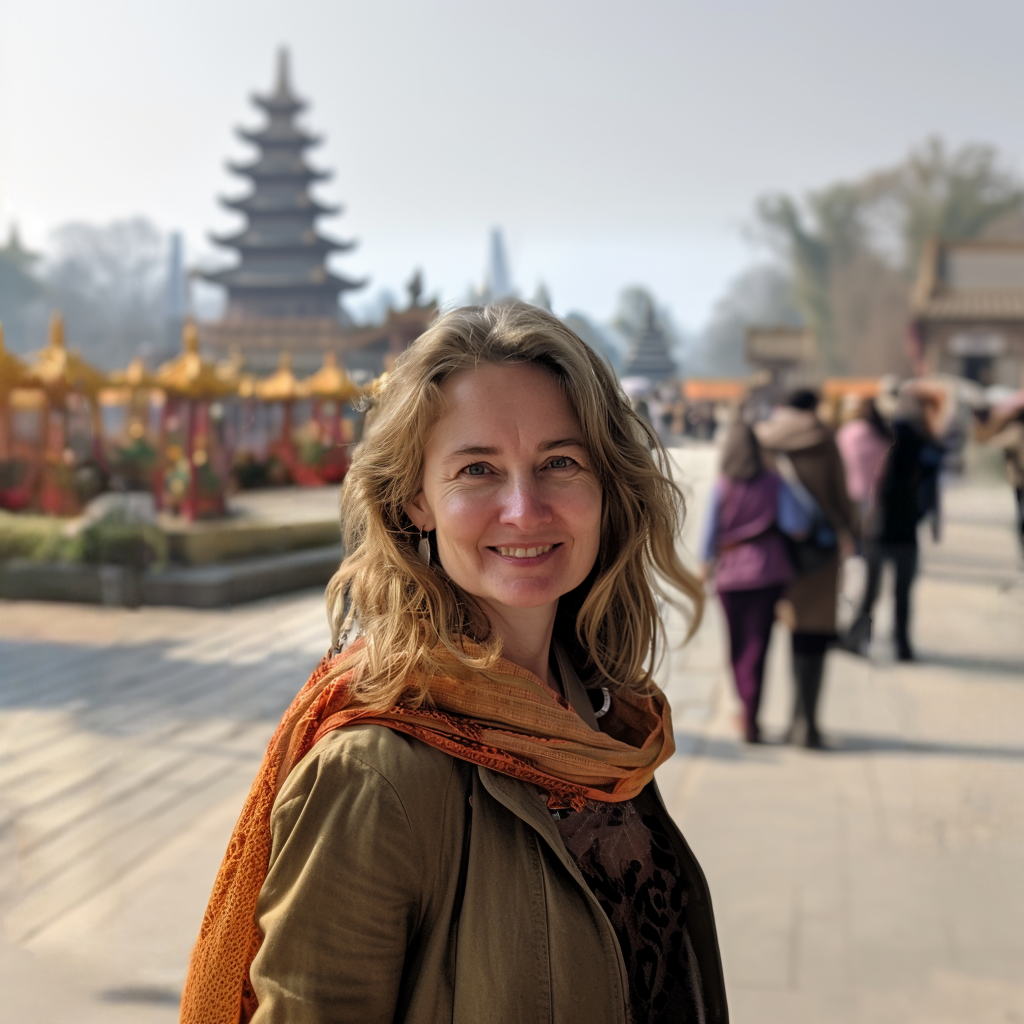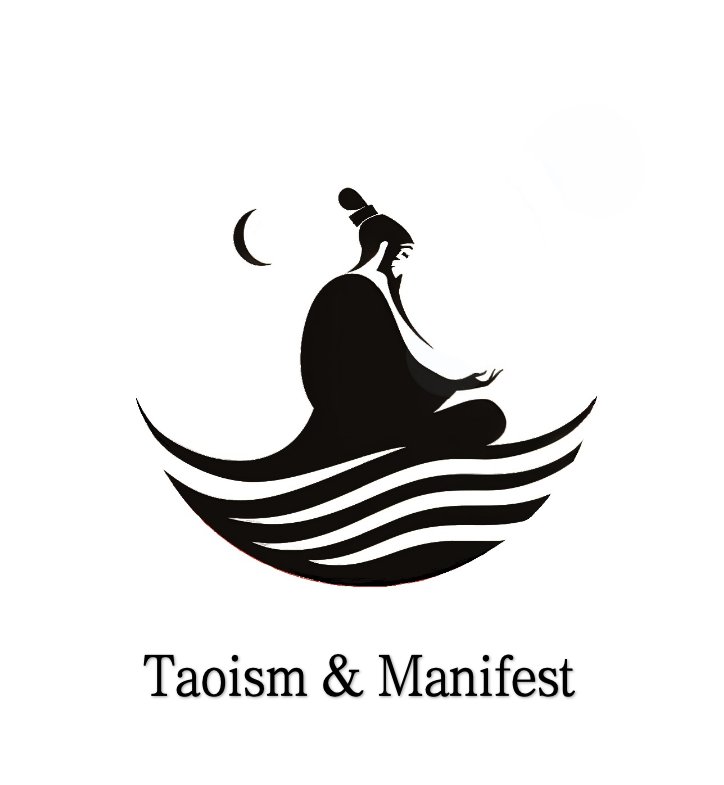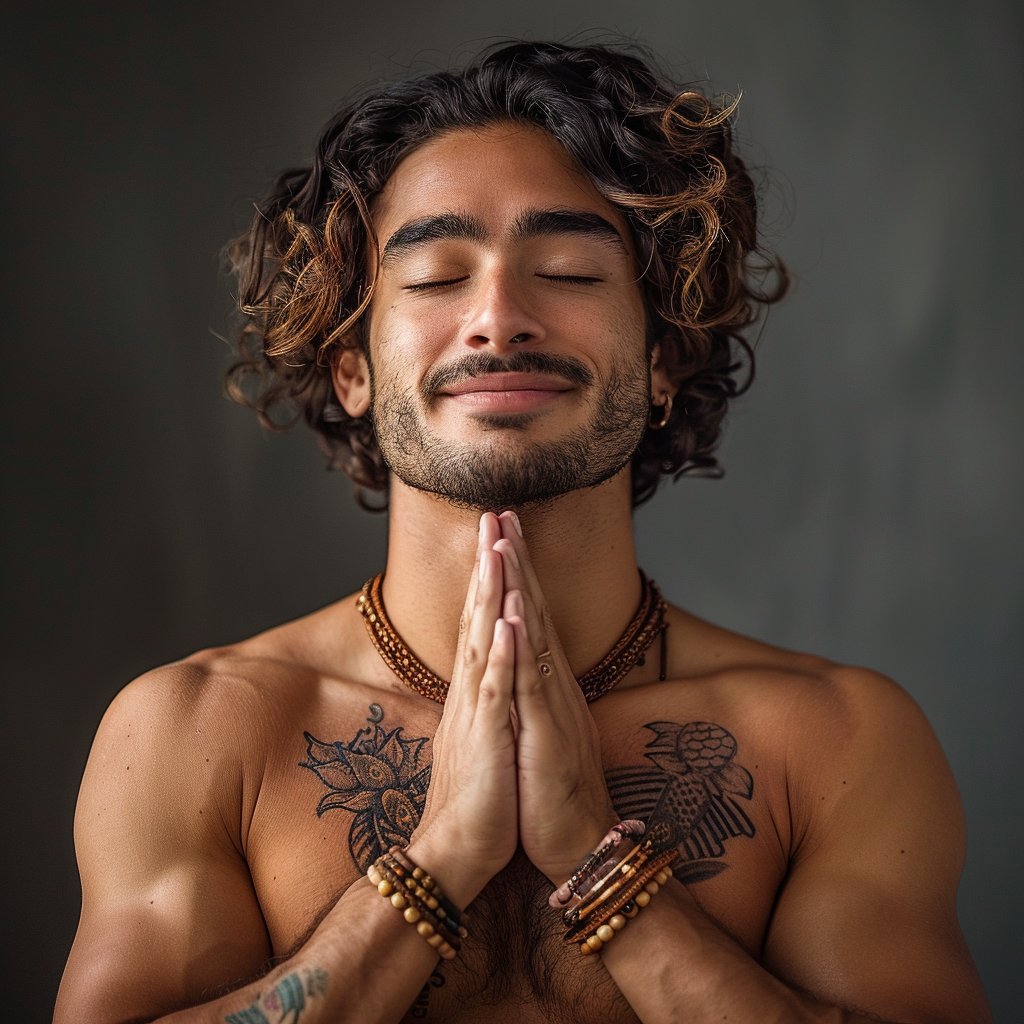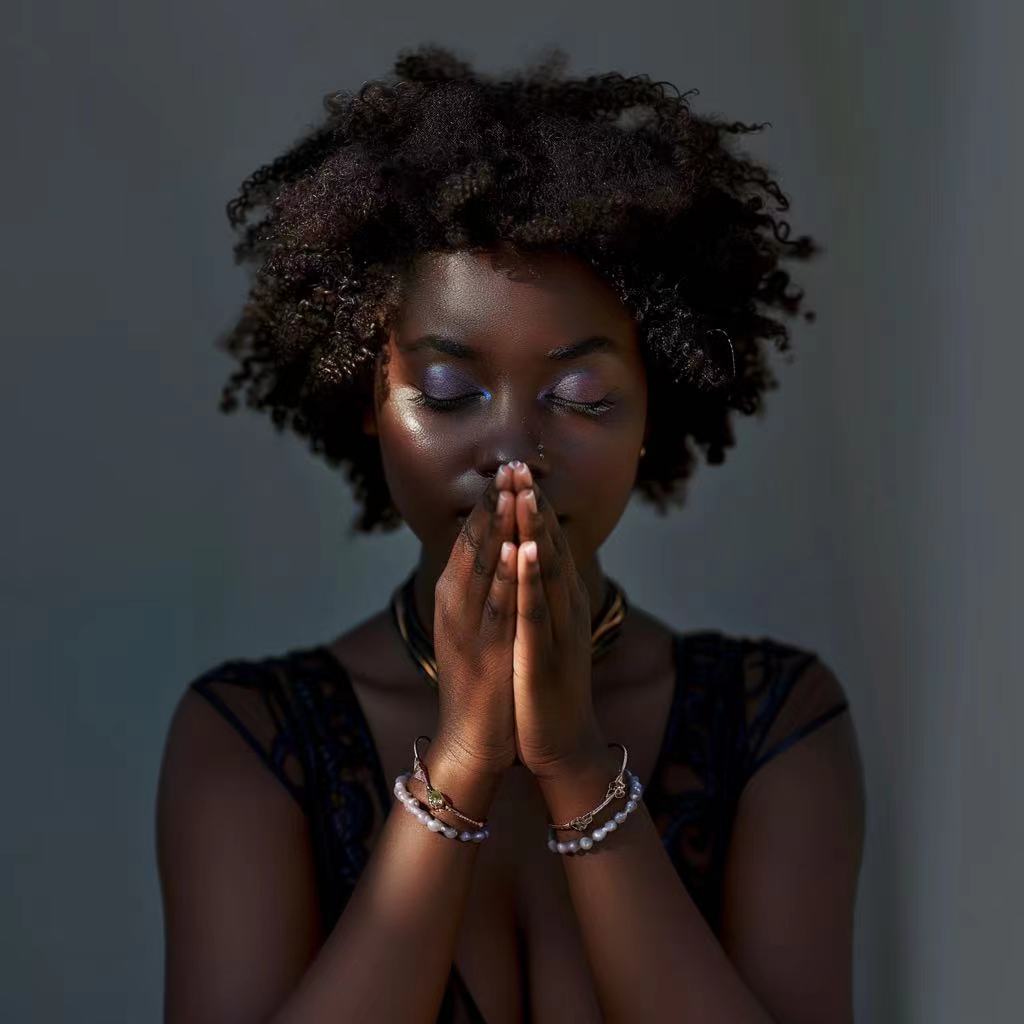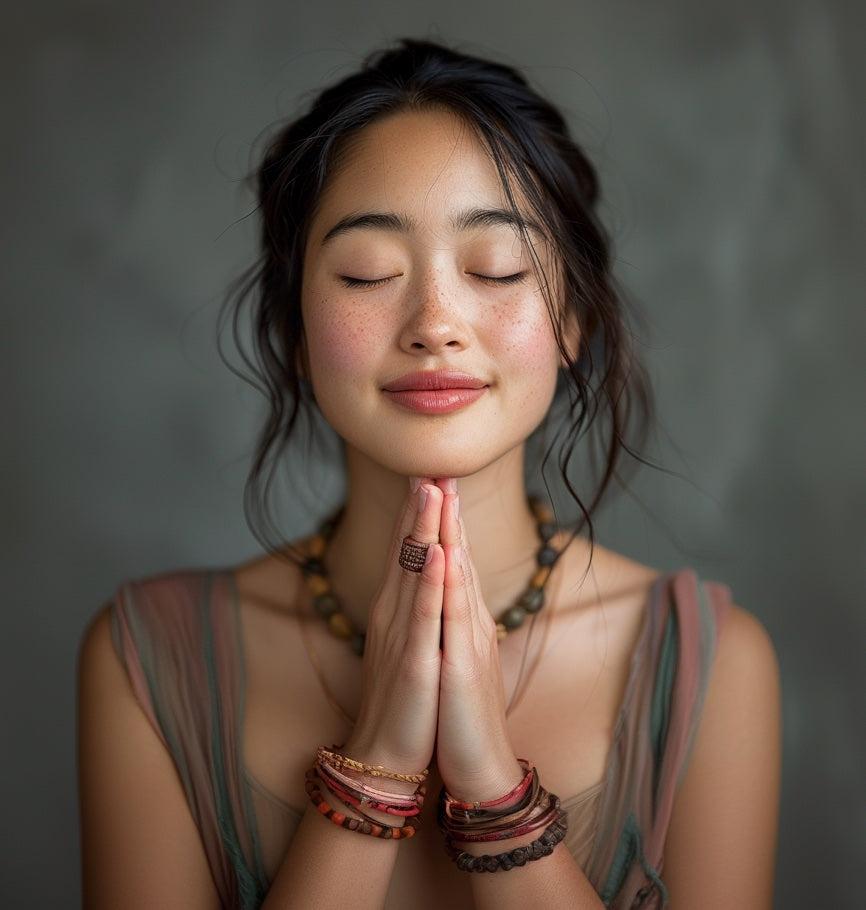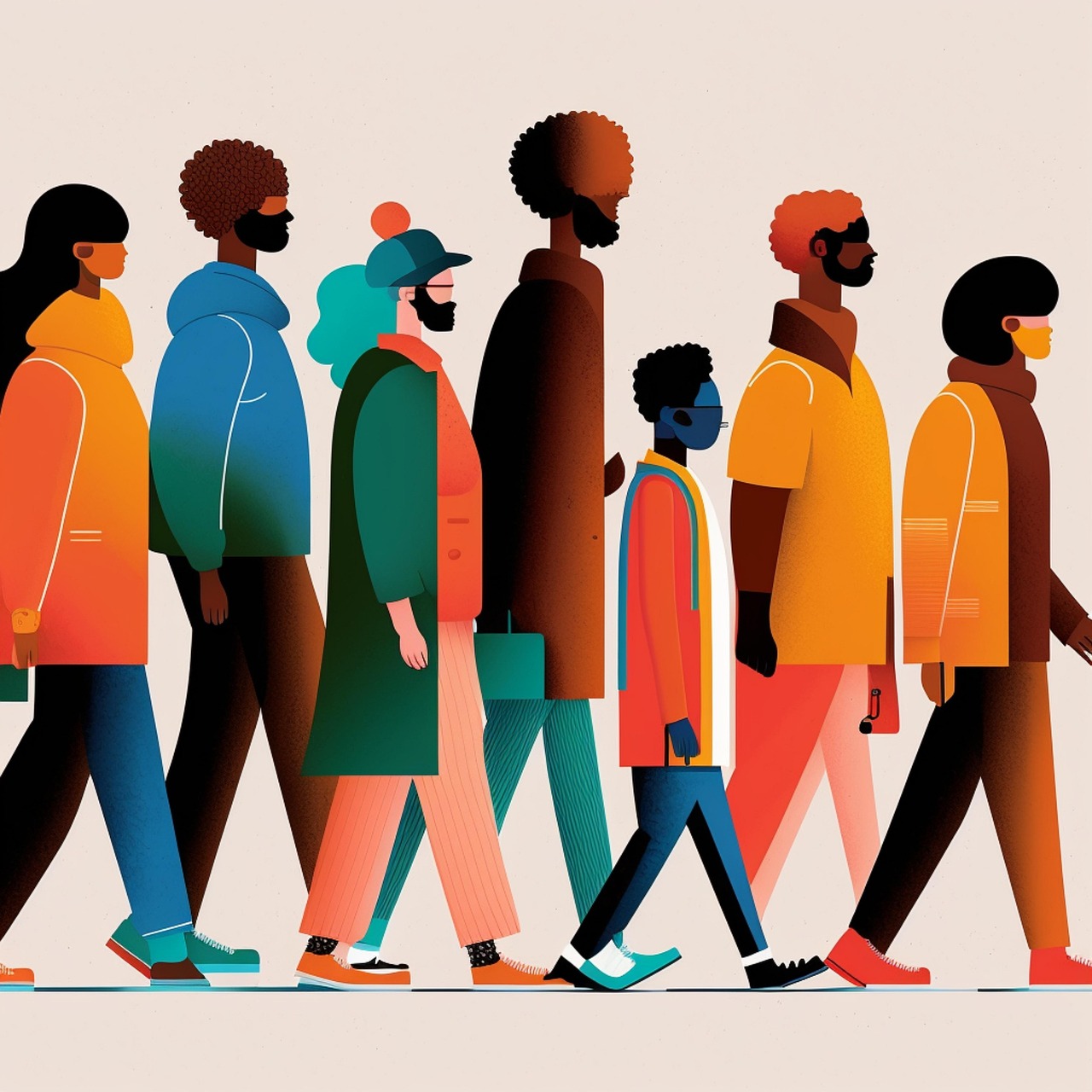
Yes, people still need to pursue the Tao in the AI era. AI, AI daos, and artdao change how people live, work, and create art. Artdao uses AI to help artists and art lovers. AI daos can manage art and artdao projects. The Tao gives meaning and helps people understand themselves. Artdao, AI daos, and AI cannot replace the search for inner peace. Artdao also shows how technology, art, and the Tao can connect. The Dao guides people to balance, even as artTao and AI Taos shape the future of art.
Key Takeaways
The Tao helps people find meaning and purpose that AI cannot give. The Tao shows us things that are deeper than what AI can do.
Following the Tao teaches us balance and peace. This is important in a world that changes fast because of technology.
Wise leaders use Tao ideas to make fair and careful choices with AI tools. They think about what is right and good when using AI.
People and AI work best when they work together in harmony. Tao values help guide this teamwork.
Doing simple Tao practices and being mindful each day helps artists stay creative and calm with AI. These habits make it easier for artists to use AI well.
Why Pursue the Tao Today
Meaning Beyond AI
People ask what makes life meaningful when AI is everywhere. Many think AI is a tool that changes how we act and talk. But the Dao gives us something deeper. The Dao says meaning comes from knowing how life moves. It is not just about tech or winning.
A new article says AI changes how we treat others and make rules. It shows AI is more than a machine. AI becomes part of what people trust and value. This means intelligence is more than what AI can do. Real intelligence needs feelings, choices, and wisdom. Another article says AI is smart but not like humans. People still need the Dao because it helps them find purpose beyond machines.
Peter Kahl wrote about how AI helps us see past our own mistakes. He uses ideas from Plato and Kant to show AI can give fair answers. But he says AI should not take the place of human thinking. AI should help us ask better questions and see things clearly. The Dao reminds us that wisdom comes from inside and outside.
Note: The Tao tells us to find meaning in all parts of life, not just in tech or progress.
Balance and Peace
The Tao teaches us to keep balance. Life changes fast, and people feel stressed and lost. The Tao helps us find peace by showing how to live with nature and others. This balance matters for everyone.
AI gives us many good things, but it also brings problems. People worry about fairness and bias in AI. Good leaders are needed as AI shapes the future. The Tao guides leaders to be wise and care for all. When people follow the Tao, they learn to mix progress with kindness.
Here is a simple table to show how the Tao and AI change daily life:
Aspect |
AI Impact |
Dao Guidance |
|---|---|---|
Work |
Faster, more efficient |
Balance with rest |
Relationships |
More online, less direct |
Value real connection |
Governance |
Data-driven decisions |
Wisdom and fairness |
Peace of Mind |
Information overload |
Mindfulness, calm |
The Tao helps people stay calm and pay attention, even when tech changes fast. It teaches that peace comes from inside, not from outside things. By following the Tao, people can find harmony in a world shaped by AI. (Discover how Taoist principles can help achieve balance in modern life in Taoism Helps You Slow Down and Enjoy City Life.)
The Tao and AI
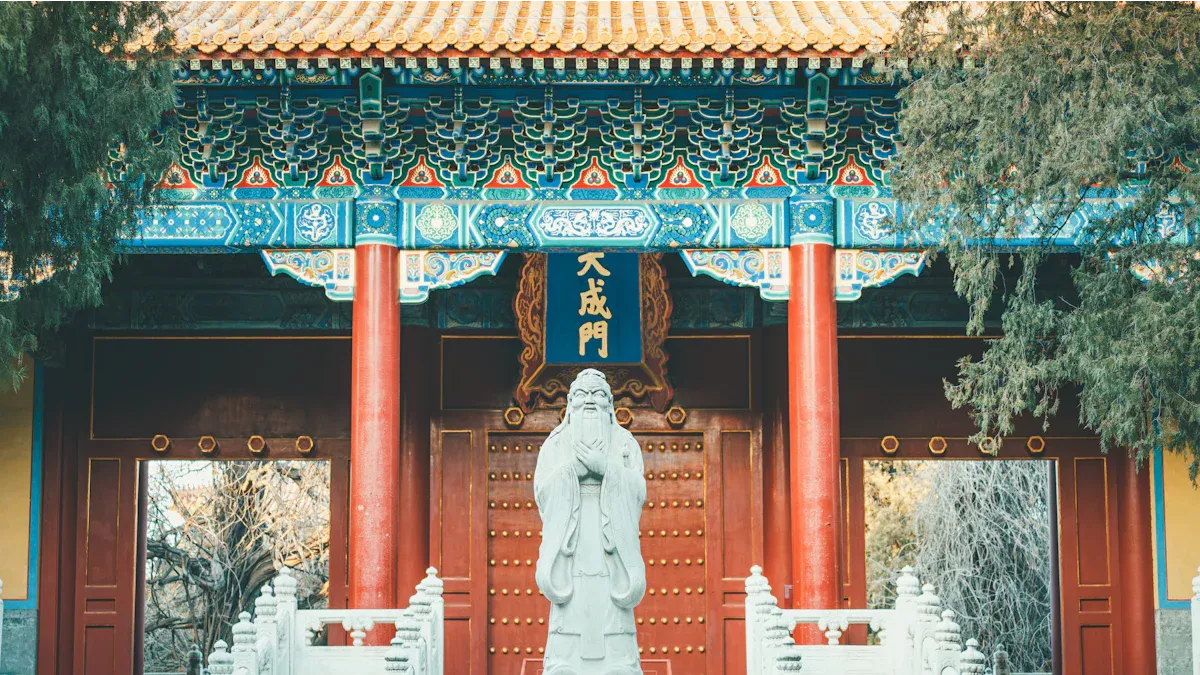
Ethics and Oversight
Taoism says wise actions come from balance and being aware. These ideas help people make good choices with AI. Laozi’s teachings tell us to be careful and humble when using strong AI tools. Many groups use AI agents to help make choices, but people still need to check their work. Good leaders watch ai decisions and make sure they follow the rules.
Lots of jobs use ai to help with choices. Hospitals use smart systems to help doctors. Banks use ai to look for fraud. These systems keep records so people can check how ai agents decide things. This helps people trust ai and makes sure it is fair.
Note: Good leaders in ai daos and other groups must watch ai agents and make sure they follow the right rules.
Some governments and companies make rules for ai. They want ai to be open, fair, and checked by people. These rules help stop bias and keep people safe. Good leaders in ai daos use these rules for every choice.
Banks check ai agents to make sure they are fair.
Stores watch ai tools to fix mistakes.
HR teams check ai to stop unfair choices.
Human-AI Harmony
Taoism cares about harmony between people and nature. In the ai era, harmony means people and ai working together. Many ai daos use ai agents for daily jobs, but people still make the big choices.
Researchers build ai tools to help people choose better. Some ai tools mix pictures and words to help doctors. Others keep personal data safe from bad use. New tests check if ai agents are fair and can be trusted. This helps people work well with ai.
People sometimes have problems working with ai. Ai choices can make people feel stressed or confused. Taoism teaches people to think and change when needed. In ai daos, leaders help people grow and work as a team. This helps everyone get used to new tech and keeps harmony strong.
Teams use ai agents to work faster.
Leaders in ai daos care about people’s well-being.
Good rules help both progress and care.
Taoism shows that harmony and good rules can help society handle the changes from ai.
AI DAOs and Human Values
Governance and Wisdom
AI DAOs change how people think about running art and tech. These groups use AI to help make choices and manage artdao work. They also guide artdao members. Taoism says good leaders need balance, wisdom, and harmony. Many AI DAOs use these ideas to set their rules and actions.
Groups in Japan, South Korea, and Singapore use models that show Taoist values. They care about harmony and working together. They also care about the flow of group ideas. AI DAOs use algorithms to help everyone join in and make fair choices. They check how algorithms affect people and let everyone see decisions. This fits with Taoist ideas of balance and flow.
Good leaders in AI DAOs use both human wisdom and AI agents to guide artdao work.
AI DAOs also use distributed agency. This means people and AI work together to decide things. The goal is to make art, manage artdao jobs, and use AI art engine tools. They want to respect both tech and human values. Taoist ideas help AI DAOs stay wise and fair.
Adapting with Flexibility
AI DAOs must change as tech and art change. Taoism values being flexible and going with new things. AI DAOs change how they work, change roles, and build culture to keep peace between people and AI. This helps artdao members use AI to make art and manage artdao jobs with less worry.
AI DAOs use algorithms to help people join in and be fair. They also use algorithms to check for bias and make artdao rules better. Artdao teams use AI to make art, look at art, and share art with others. The AI art engine helps artists try new styles and uses. By following Taoist ideas, AI DAOs mix old ways with new tech.
AI DAO Task |
Taoist Principle |
Algorithm Use |
|---|---|---|
Generate art |
Harmony |
Art creation |
Artdao governance |
Balance |
Decision support |
Participation |
Flow |
Fairness checks |
AI DAOs show how art, tech, and Taoist wisdom can work together. They use algorithms and active rules to help artdao goals and human values.
Practical Ways to Pursue the Tao
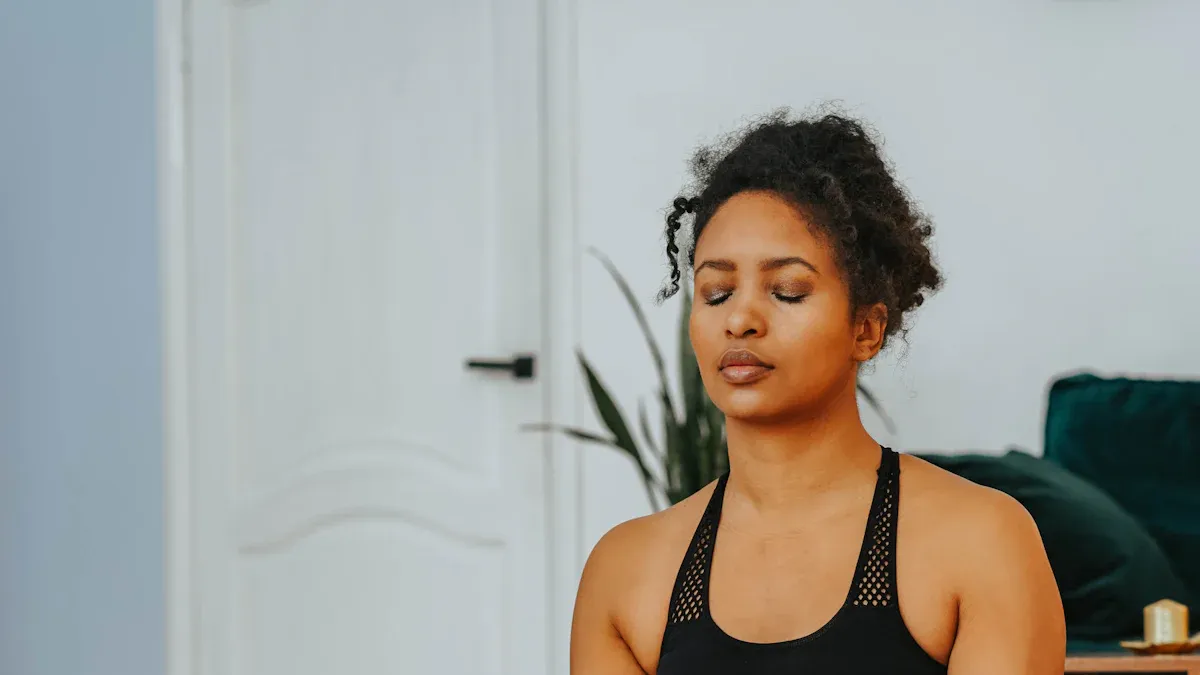
Daily Integration
People can use the Tao in daily life by making small, careful choices. Many artists in artdao groups start their day with quiet time. This helps them feel creative and ready to make art. Artdao members often do simple things, like walking outside or looking at nature, to get new ideas for art. These habits help artists slow down and feel calm, even when technology moves fast.
Artdao teams talk together about their art and share thoughts. These talks help everyone listen and respect each other. When artists make art as a group, they learn from one another and grow closer. Artdao leaders tell members to care about how they make art, not just the end result. This way, the spirit of taoism stays strong in every artdao project.
A table shows how artdao members use the Tao every day:
Activity |
Tao Practice |
Artdao Example |
|---|---|---|
Morning reflection |
Mindful awareness |
Quiet sketching |
Nature observation |
Harmony with world |
Outdoor art sessions |
Group sharing |
Respect and balance |
Artdao team discussions |
Creative breaks |
Flow and rest |
Short walks between art |
Mindfulness with Technology
Technology changes how people make and share art. Artdao artists use ai to help make art, but they also try to stay focused. David Creswell found that mindfulness lowers stress and sadness. Daphne Davis and Jeffrey Hayes learned that mindfulness helps people control feelings and understand themselves. These good things help artdao members deal with stress from digital work.
Many artdao groups teach short meditations before new art projects. Teachers like Samii use these times to help students handle stress from tech. Mindfulness programs, like those from the Mayo Clinic, fit well with artdao habits. Members pause when they switch art tasks to stay focused.
Mindfulness helps artdao artists stay away from social media and digital noise. It keeps them focused on their art and the creative steps.
Artdao teams use tech to connect, but they also take breaks and think. This balance helps them feel good and be creative. By mixing the Tao with new tools, artdao members make art that feels real and special.
People still need to pursue the dao in the AI era. Ancient thinkers like Aristotle and Plato shaped how people study knowledge and ethics. The Hippocratic Oath set early rules for doing no harm. These ideas help guide choices about privacy and fairness in AI today. Taoist wisdom brings balance and peace to modern life. Each person can reflect on how to blend ancient lessons with new technology. (Mindful use of both Tao and AI can help people grow and make wise choices. Learn about incorporating mindfulness and simplicity into daily routines in Discover the Minimalist Travel through Taoist Wisdom.)
See Also
Understanding Wu-Wei Through Butcher Ding
